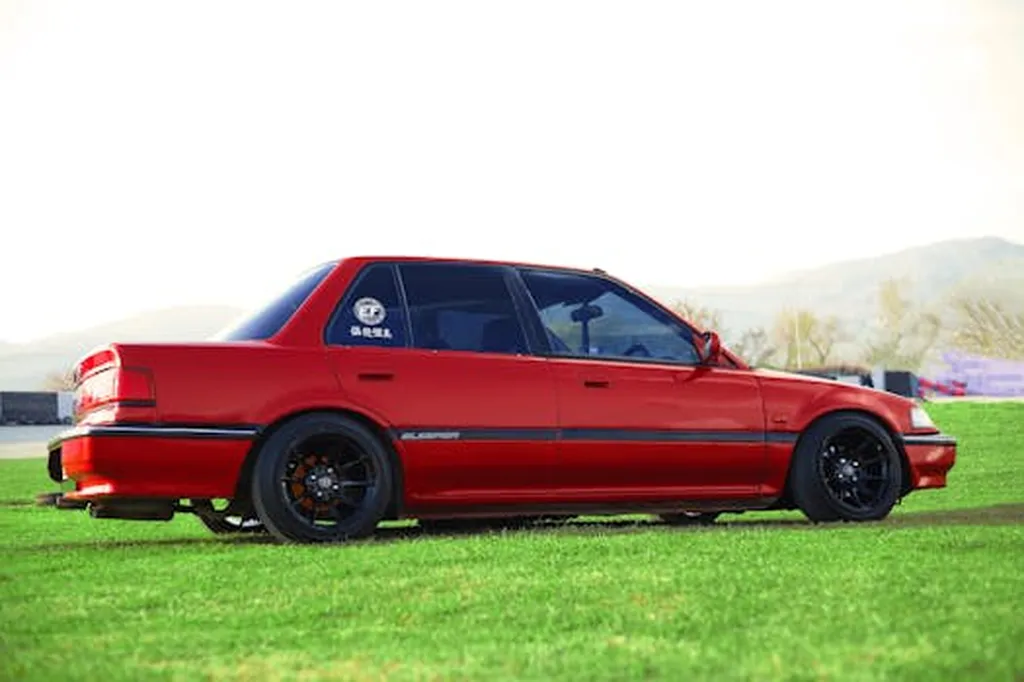Uravi Defence & Technology Ltd, a microcap player in the Auto Components sector, faced a challenging trading session as its stock hit the lower circuit limit, closing at Rs 238.44. This decline of Rs 10.15, or 4.08%, marked a notable reversal after two consecutive days of gains, with the stock reaching an intraday low of Rs 236.16—a 5% drop.
The company’s underperformance was stark, with its stock trailing the sector by 3.85%. Trading volume amounted to approximately 0.08681 lakh shares, with a turnover of Rs 0.2069 crore. The weighted average price suggested that more trading occurred closer to the lower end of the price spectrum, indicating a lack of upward momentum.
Technical indicators paint a bearish picture. Uravi Defence & Technology is currently trading below its 5-day, 20-day, 50-day, 100-day, and 200-day moving averages, reinforcing the downward trend. Investor participation has also waned, with delivery volume declining by 28.93% compared to the 5-day average.
This decline comes at a critical juncture for the defence and auto components sector, where market sentiment is increasingly influenced by geopolitical tensions and supply chain disruptions. The company’s struggles may reflect broader investor caution, particularly as defence stocks face scrutiny over cost efficiency and technological innovation.
The drop in delivery volume suggests that long-term investors are adopting a wait-and-watch approach, possibly due to uncertainty about the company’s strategic direction. For Uravi Defence & Technology, this could signal a need to reassess its market positioning, particularly as competitors ramp up investments in advanced manufacturing and defence technology.
As the sector evolves, companies like Uravi Defence & Technology must navigate these challenges by strengthening their value proposition and aligning with emerging defence priorities. The current market reaction may serve as a catalyst for the company to refine its strategy, ensuring it remains competitive in an increasingly dynamic and demanding industry.

